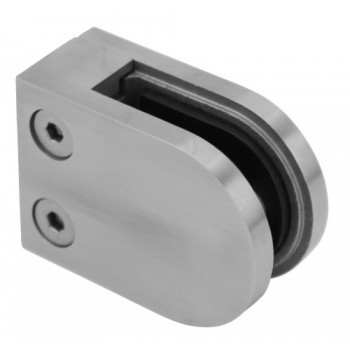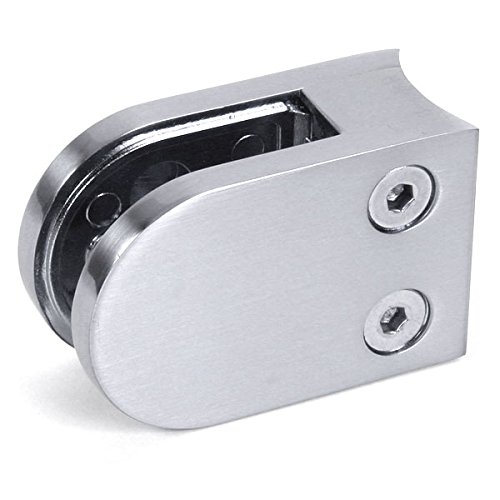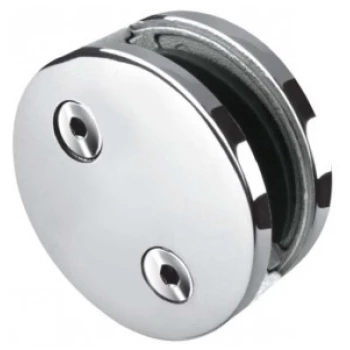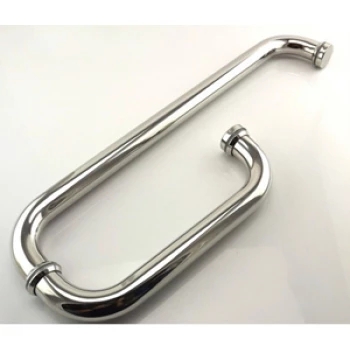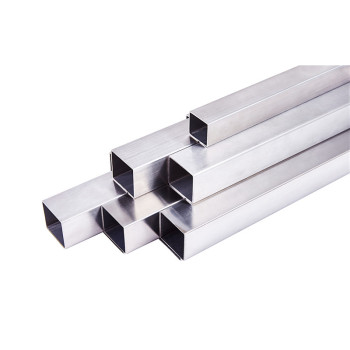SUSgoods: Selection of stainless steels in water supply and waste water treatment
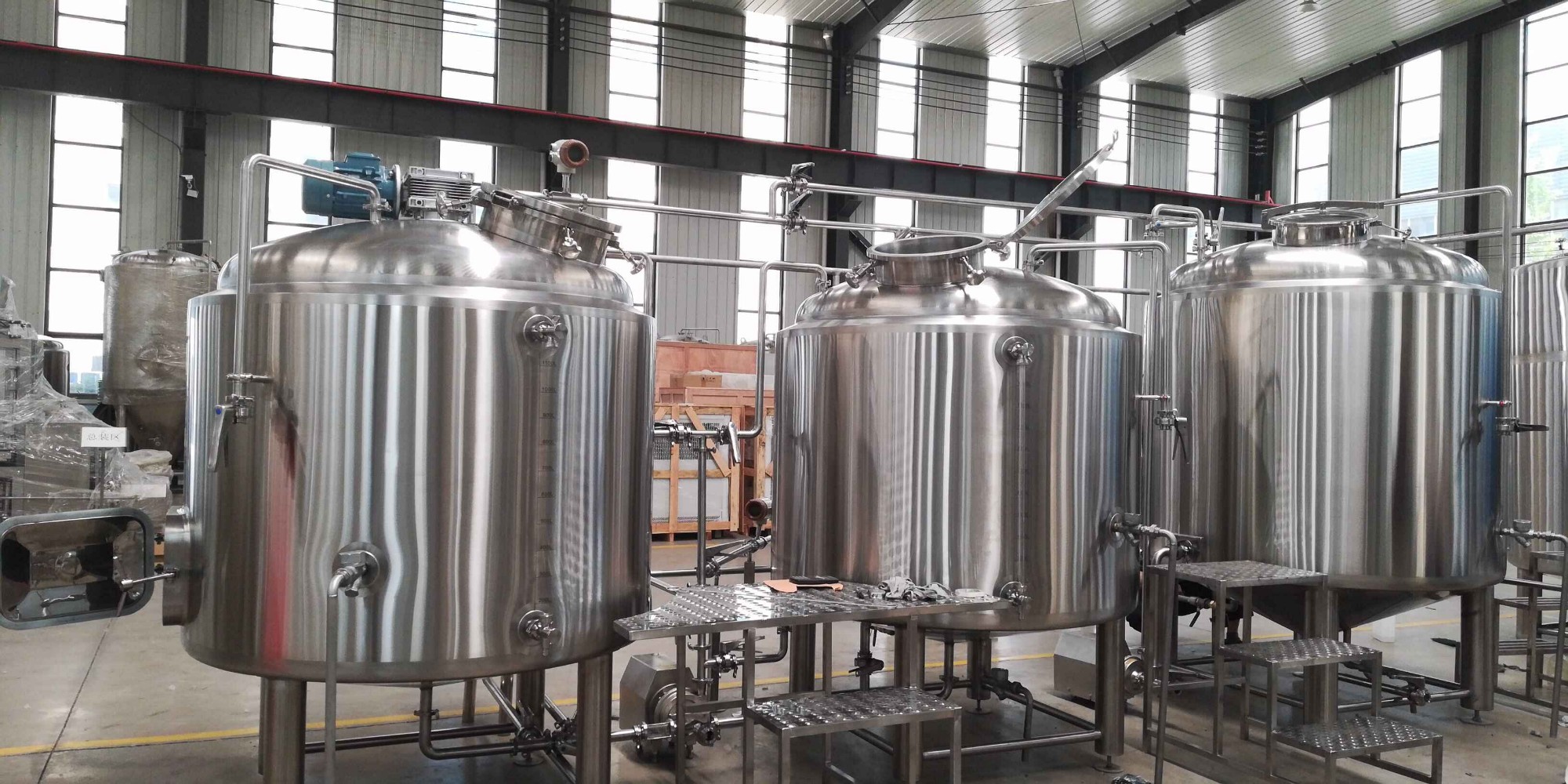
Type 304 and 316 stainless steels are normally successfully used in the range of water compositions encountered during water and waste water treatment. They do not experience general thinning and therefore do not require a corrosion allowance. This allows thin and light weight sections to be made that are readily transportable, and have a low maintenance requirement throughout a long service life. They can withstand flow rates in excess of 30m/s and behave well under turbulent conditions. Aeration processes do not lead to higher corrosion rates, as might occur with carbon steels. Stainless steels do not need chemical additives to the water to maintain corrosion resistance. Metal leaching rates are minimal.
If corrosion occurs at all in waters, it is most likely to be in the form of crevice corrosion. Experience indicates that crevice corrosion is rare for types 304 and 316 when the chloride levels are below 200ppm and 1000ppm respectively. Nevertheless, it is also good practice to avoid tight crevices where possible during design, fabrication and when in service.
Between 1000 and 3600 ppm of chlorides duplex grade 1.4462 (2205) can be considered. Where conditions are exceptionally severe, 6% Mo austenitic or superduplex stainless steels should be considered. These steels can be useful in seawater applications where chloride levels can be as high as 26,000 ppm and in the presence of crevices.
Other good practices are to use L grades when welding, have full penetration welds, and remove surface contamination and heat tint. Water should be drained promptly after hydrotesting, and dead legs and other stagnant conditions should be avoided in service because flowing conditions help keep surfaces clean. Over-chlorination should be avoided as well as dosing sodium hypochlorite or ferric chloride onto the metal wall rather than into the flow stream where it can become well mixed. Areas where chlorine vapours can collect should be well vented or periodically washed down with potable water to avoid concentration of condensed chlorides.

